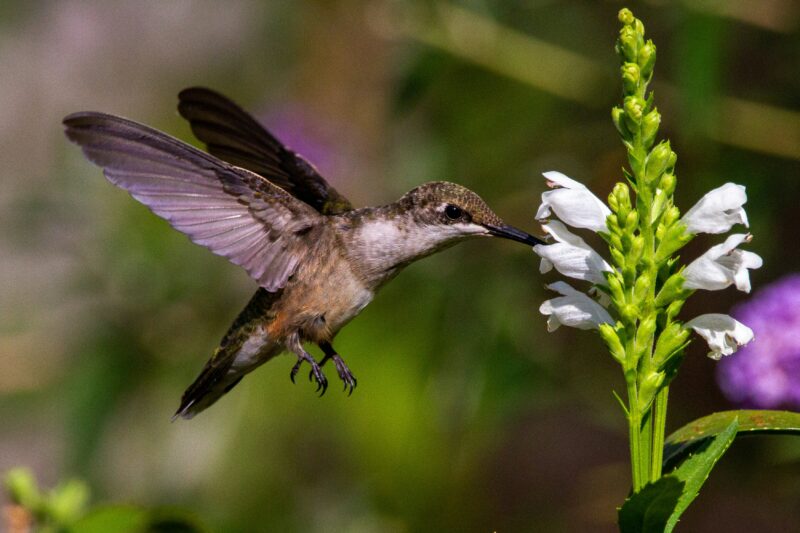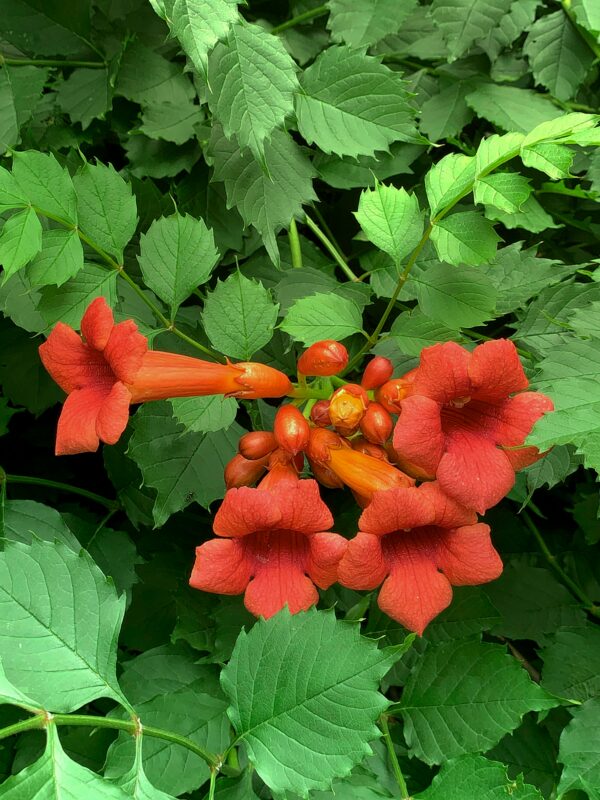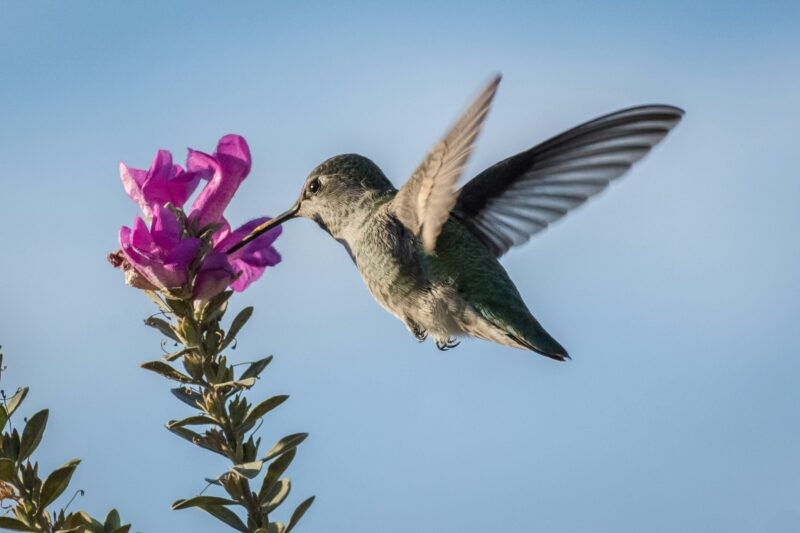Flowers That Attract Hummingbirds and Butterflies

Blooms for the Buzz: Native Flowers That Attract Hummingbirds and Butterflies
In the world of eco-landscaping, few things bring more joy than seeing hummingbirds and butterflies fluttering around your garden. These pollinators not only add a dynamic, vibrant element to your space but also play a crucial role in maintaining ecological balance. Here at Jessecology Eco-landscaping, we’re passionate about creating gardens that invite and sustain these beautiful creatures. Let’s explore some native flowers that are guaranteed to attract hummingbirds and butterflies to your garden.
Note: “Attracting” and “supporting” are not necessarily the same thing! This list is native species that will support, and not just attract the fauna to your garden.
1. Bee Balm (Monarda didyma)
Bee Balm is a magnet for both hummingbirds and butterflies. With its bright red, pink, and purple blooms, it’s not just a feast for the eyes but also a nectar-rich food source. Plant it in full sun to part shade. Certainly, the Earl Grey-esque fragrance will bring you joy.
2. Columbine (Aquilegia canadensis)
Columbines are known for their unique, bell-shaped flowers that come in a variety of colors. These spring bloomers are particularly attractive to hummingbirds due to their long spurs filled with nectar. They prefer partial shade and well-drained soil.
3. Milkweed (Asclepias spp.)
Milkweed is essential for monarch butterflies, as it serves as both a nectar source and a host plant for their larvae. Its clusters of small, fragrant flowers also attract other butterflies and hummingbirds. Plant milkweed in a sunny spot with well-drained soil, and you’ll be contributing to the survival of monarch butterflies.
4. Trumpet Vine (Campsis radicans)
Trumpet Vine is a vigorous climber known for its large, trumpet-shaped orange or red flowers that are a favorite of hummingbirds. While it can be quite assertive, it’s perfect for covering a fence or arbor in full sun. Ensure you manage its growth to keep it from overwhelming other plants.

5. Zinnia (Zinnia elegans)
Zinnias are annuals that offer bright, cheerful flowers in almost every color imaginable. They are incredibly easy to grow and maintain, thriving in full sun and well-drained soil. Butterflies, in particular, are drawn to their open, daisy-like blooms.
Tips for Creating a Pollinator-Friendly Garden
- Diverse Plantings: Incorporate a variety of flower shapes, sizes, and colors to cater to different pollinators.
- Continuous Bloom: Choose plants with staggered bloom times to provide a consistent food source throughout the growing season.
- Avoid Pesticides: Use natural pest control methods to protect the health of your pollinators.
- Provide Water: A shallow water source, like a birdbath with stones, gives butterflies and hummingbirds a place to drink and cool off.
- Native Plants: Always select native plants. They are better adapted to your local environment and more attractive to native pollinators.
Creating a garden that attracts hummingbirds and butterflies is not only rewarding but also an important step towards supporting biodiversity. By incorporating these flowers and following our eco-friendly tips, you can transform your garden into a haven for these enchanting pollinators.
How to hire Jessecology for your hummingbird + butterfly garden construction project:
We’d love to meet you! Certainly, our team can design + build a hummingbird & butterfly garden for you. Please fill out the “Start Your Project” form and we’ll be in touch soon.

